Ming Dynasty Hairstyles and Accessories

Ming Dynasty Hairstyles
After the Ming Dynasty was founded, the new rulers paid great attention to restoring traditional rites and dress codes. They abandoned the clothing system of the Yuan Dynasty and re-established their own based on Han customs. In the first image on the left, the emperor’s mian guan (ritual crown) is shown. It has a round front and square back, with twelve hanging strings in both the front and back.
The second image shows the wusha zhe shang jin, worn by the emperor as everyday attire. It is similar to the regular black gauze hat, except the two corners on each side fold upward behind the crown. The image on the right is the Zhongjing Crown, a type of official hat made with an iron-wire frame covered in black gauze. Two “wings” stand upright at the back, and the top front rises slightly with three raised ridges made of gold thread. Officials of the third rank and above could use gold thread; those below the fourth rank were not allowed.

A man wearing a mesh hair net (from the Chongzhen period illustration in Tiangong Kaiwu). The wangjin was a mesh covering used to secure a man’s hair knot, usually made from fine black cord, horsehair, or palm fiber. Besides keeping the hair in place, it was also a symbol of adulthood for men. It could be worn inside a hat or directly on the outside. The use of the wangjin began around the early Hongwu period, and it is said to have been introduced by the Hongwu Emperor himself.

The Ming xiapei of a Ming Dynasty empress (diagram). Women’s clothing in the Ming era mainly included shirts, jackets, Ming xiapei, vests, bijia, and skirts. The basic styles generally followed those of the Tang and Song dynasties, with right-closing garments that reflected Han tradition. Every rank of noblewomen had strictly regulated dress codes.
The xiapei—a long, ribbon-like accessory draped around the neck and hanging down the chest—has existed since the Northern and Southern Dynasties. After the Sui and Tang, it became known for its beauty, like rosy clouds. Bai Juyi even wrote about it in The Song of the Rainbow Skirt and Feathered Coat. By the Song Dynasty, the xiapei became formal attire, and the embroidery patterns varied according to rank.
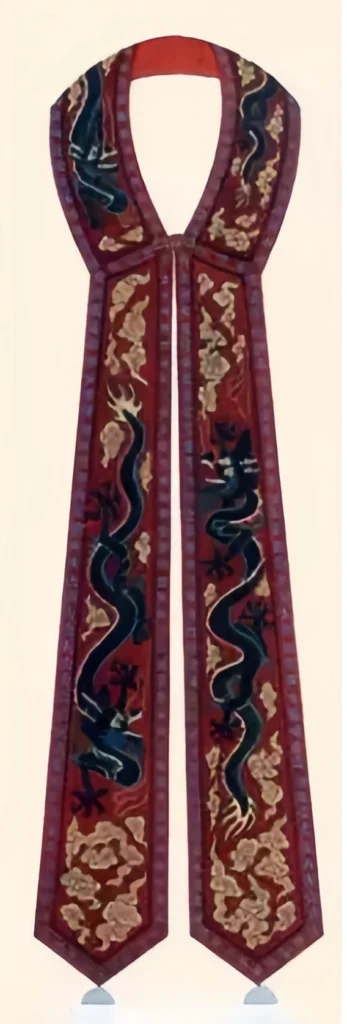
Ming dynasty hairstyles, while not as diverse as those of the Song Dynasty, had their own charm. Early Ming dynasty hairstyles changed little from Song and Yuan styles, but starting in the Jiajing period, more variations appeared—such as the tiaoxin ji, peach-tip bun, goose-egg bun, falling-horse bun, gold-and-jade plum blossom, and gold-twisted lantern hairpin. Ming fake bun (jiuji) were also common. Women decorated these Ming dynasty hairstyles with different pendants and Ming hairpins. This illustration shows a hairpin inlaid with pearls and kingfisher feathers. Another example shows Ming women’s gold-and-jade pendants, pearl hairpins, and ornamental hairpieces.
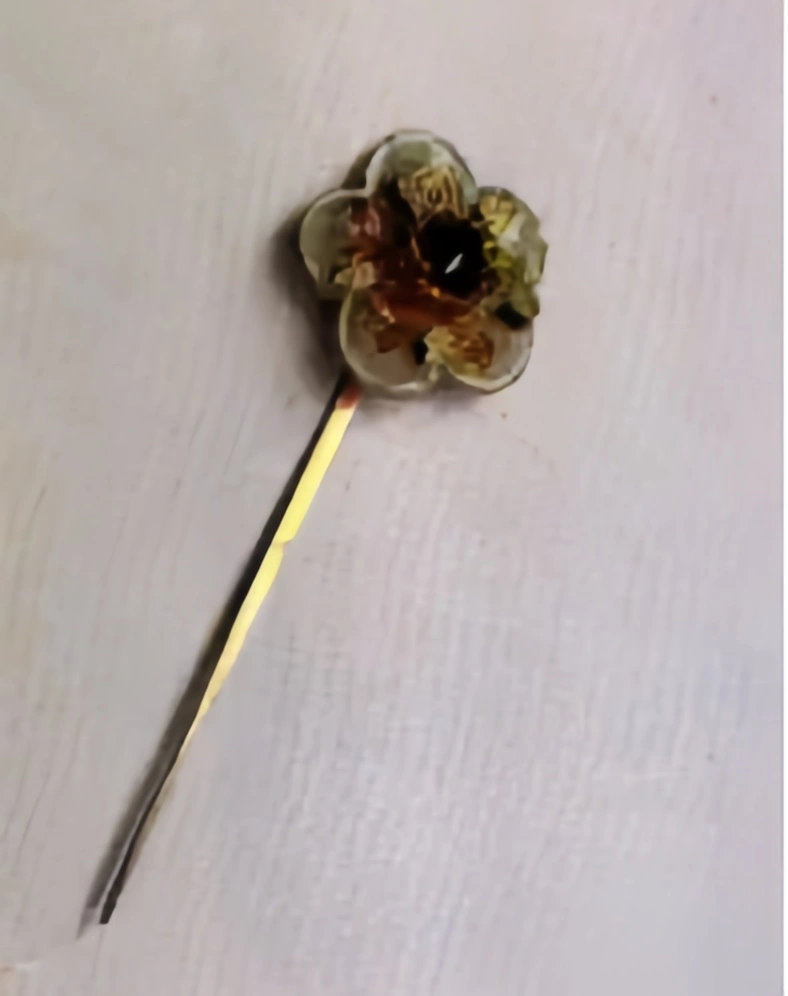
In the painting Kui Long Bu Gun Tu by Chen Hongshou—one of the most important late-Ming court painters—three women are depicted. The oldest woman, wearing finer clothing, is likely a noble lady, while the two younger ones appear to be attendants. Their outfits follow typical Song-style clothing, some with yunjian (cloud collars).
Ming women often wore a gongtao at the waist—braided silk cords with several knots, hanging down to the ground. Some versions included jade pendants to keep the skirt panels in place, similar in function to the yu huan shou of the Song Dynasty. The noble lady’s hairstyle is decorated with hairpins and ornaments typical of the Ming period, with materials depending on social status. This image shows a jade pendant, used as part of the gongtao. This image shows another jade pendant used in the same way.
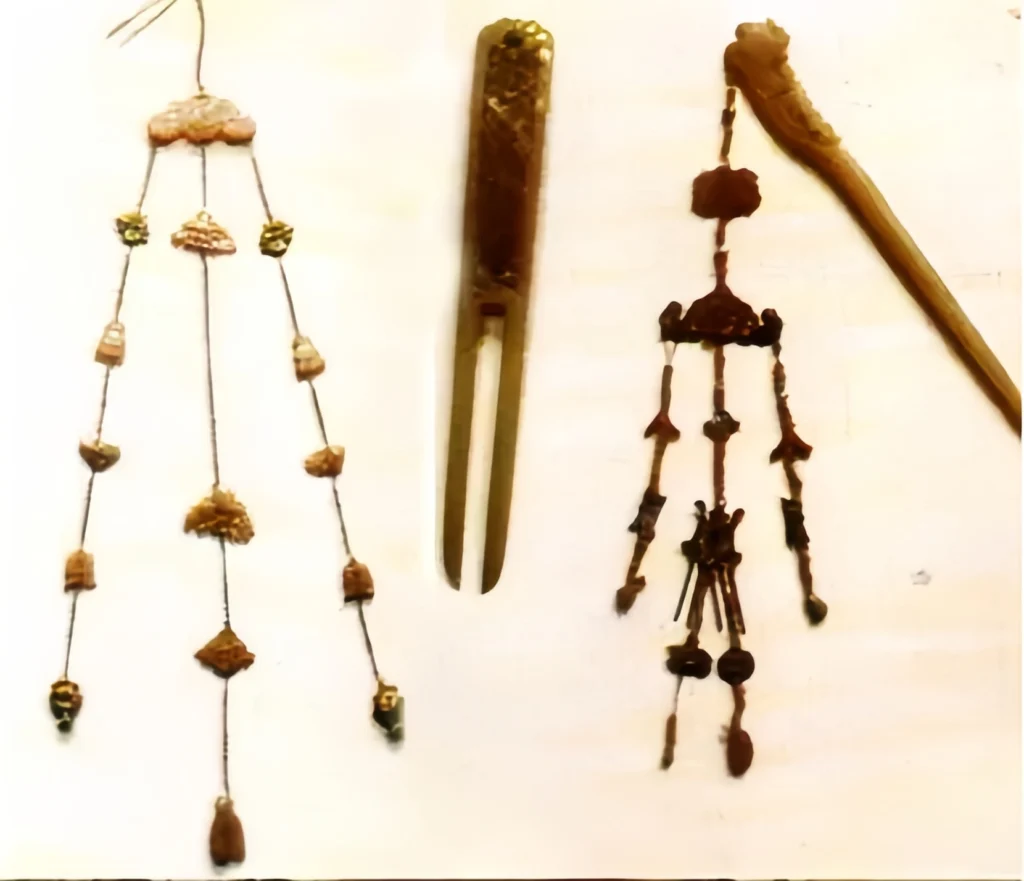

Ming scholars mainly wore the square flat-topped scarf (sifang pingding jin), though some wore the soft black scarf with two hanging ribbons in the back, commonly called rujin—both classic Ming scholar hats. The round-collared, wide-sleeved robe was standard attire for scholars and officials, with detailed regulations. For example: “Students wear robes made of jade-colored cloth, with black-edged wide sleeves and the soft black scarf. Those who passed the imperial exam do not change this attire.” This is a set of scholar’s clothing excavated from a Ming tomb in Yangzhou, including the rujin and tall felt boots. It was called zhiduo or zhishen, commonly worn by scholars in The Scholars (Rulin Waishi).
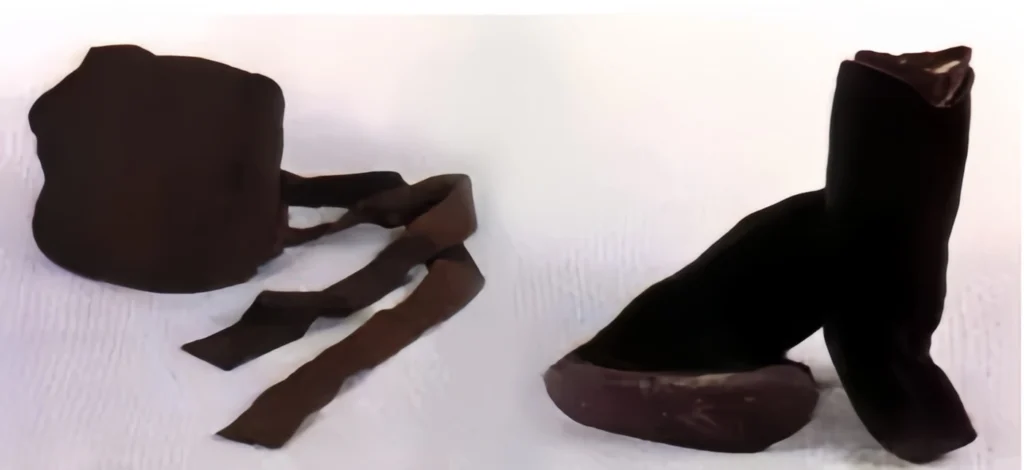
Ready to recreate authentic Ming looks?
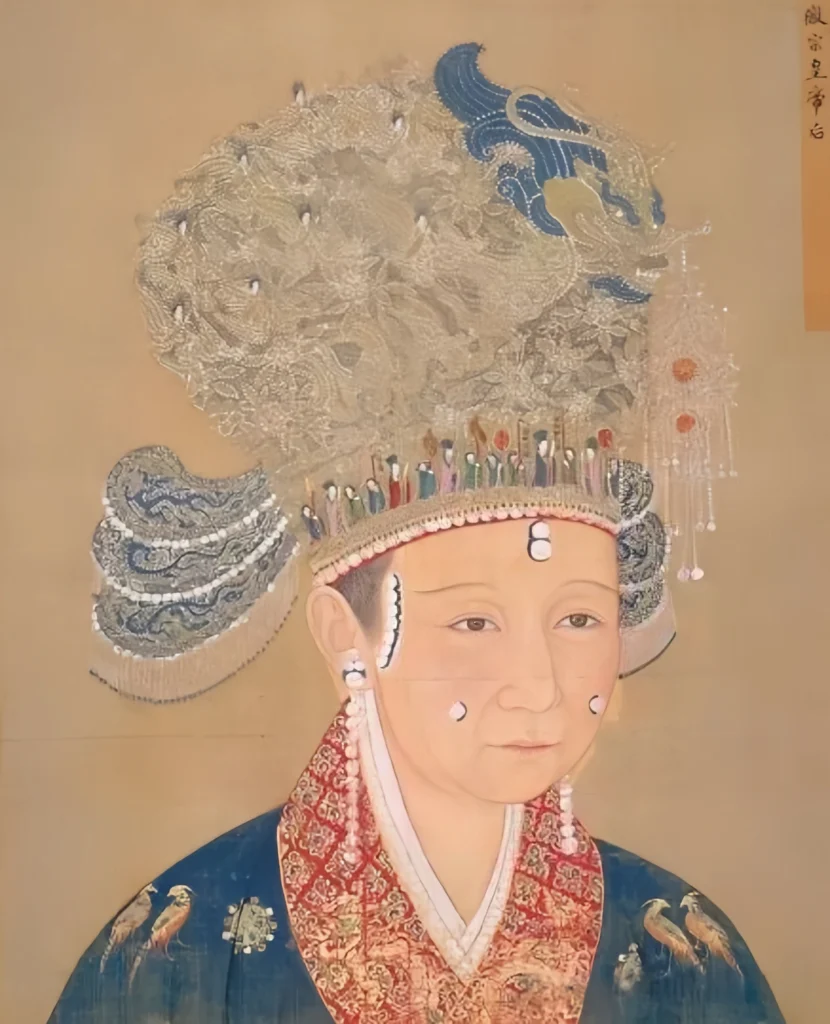
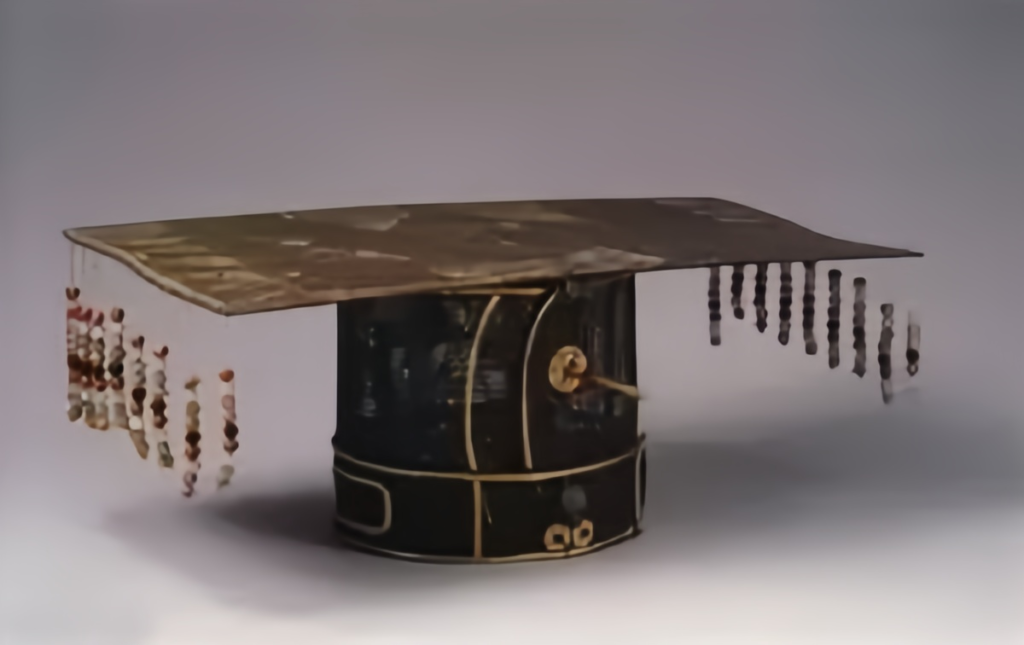



Responses